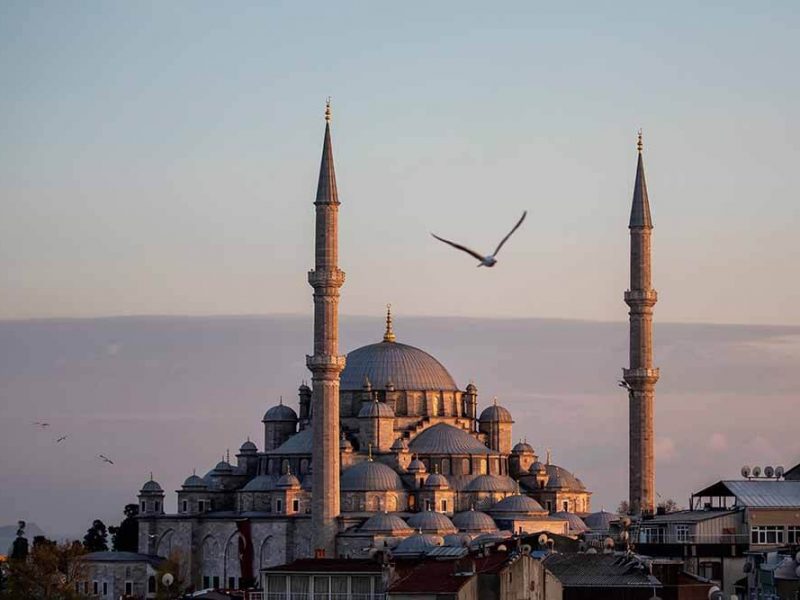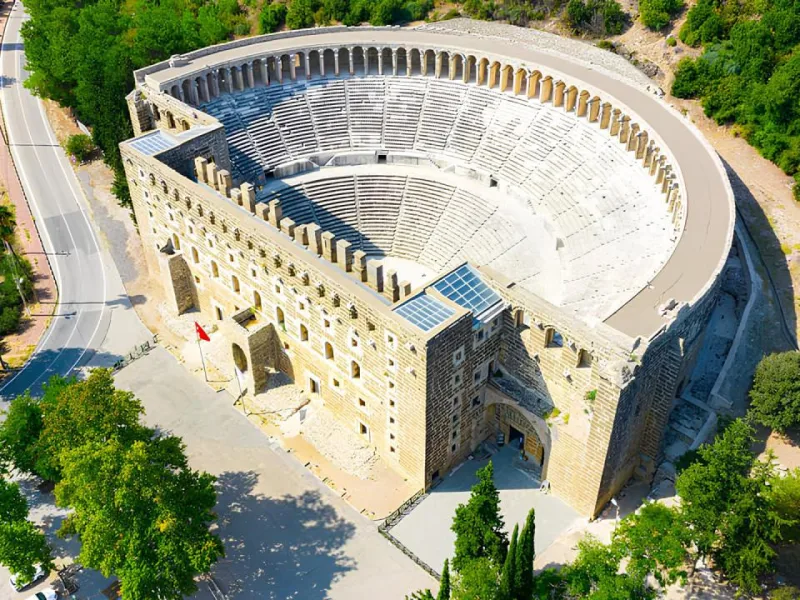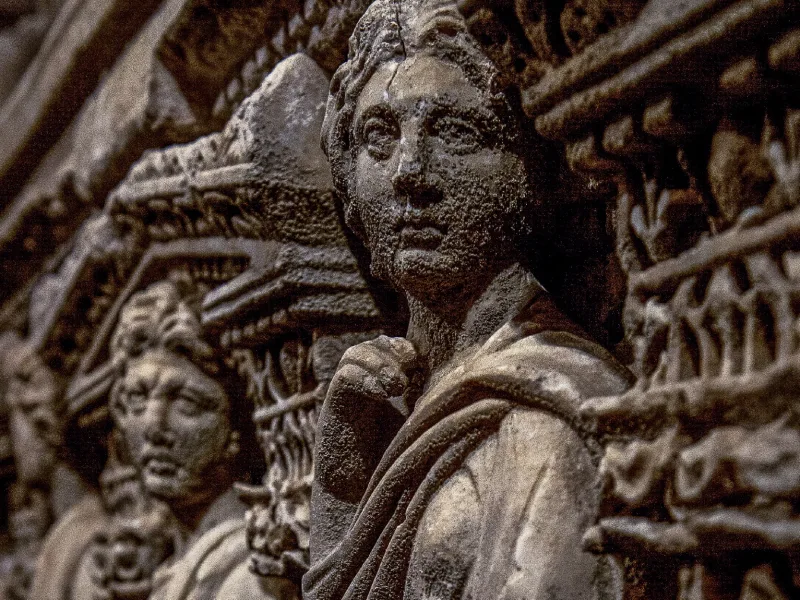One of the most beautiful provinces between the Aegean and Mediterranean areas is Muğla. A stand out with its tourist-friendly elements, Muğla is located between Aydın and Antalya provinces. The city has indented coasts and there are many beautiful bays around these areas. Green forests abound, and a few plain areas exist as well. The main counties of Muğla are Dalaman, Marmaris, Datça, Bodrum, Ortaca, Milas, and Fethiye. Having hosted many civilizations from ancient times to the Ottoman Empire and on to the Republic Period, the city is home to many historical places that should be visited.
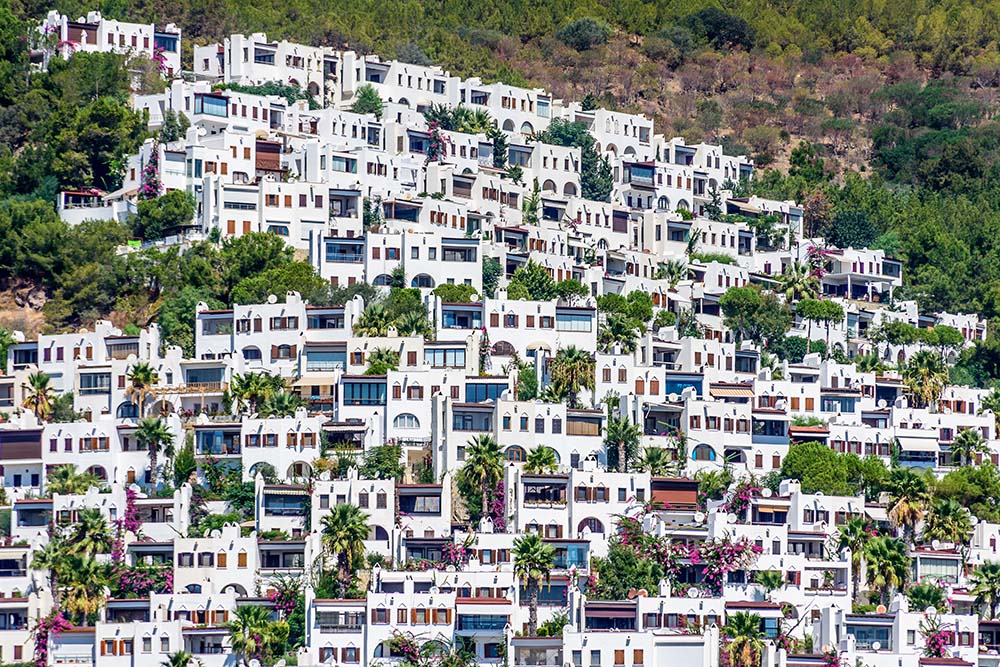
Bodrum houses
As one of the hottest provinces of our country, the province is one of the most preferred tourist attractions of our country, especially during the summer season. Bringing in authentic design with white houses, the city carries importance with its chimneys and engravings. Architectural structures can still be constructed in our province. Wooden or stone houses reflect their traditional texture with red roof tiles, white painting, and green plants.
Emphasizing Aegean cuisine with rich dish varieties, Muğla cuisine draws attention with delicious and practical recipes. One can find the main vegetable dishes of the Aegean Region in the cuisine here as well. The interesting point is that the variety of vegetable and pastry recipes in the city cuisine is numerous. The most famous soup, among many, is tarhana. Apart from these options, there are many other tastes, from pastry to meatball varieties, to meat dishes and fish dishes.
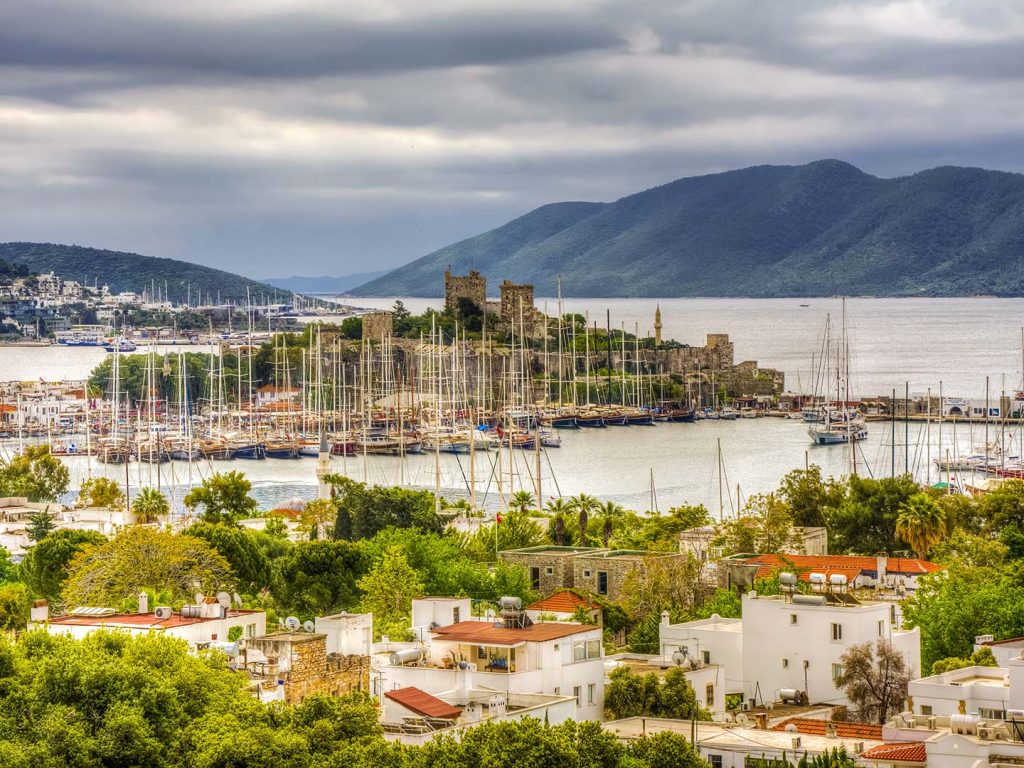
Bodrum and Bodrum Castle panoramic view.
Places to Visit
Although Muğla is underdeveloped in industry, it has showed a great development in construction sector due to its tourism focus. Coasts where hotels and guesthouses exist are quite hectic during the summer season. There are hundreds of bays, coves, and capes in these coasts which have surprising beauties. Bodrum, Marmaris, and Fethiye are the most visited sea tourism areas. Apart from the appeal of the sea, there are many historical places in the city as well, including:
- Bodrum Museum, Milas Museum, Fethiye Archaeology Museum
- Şahidi Mosque, Saburhane Mosque, Ulu Mosque, Kurşunlu Mosque
- Trolian Park, Muğla City Forest, Gökova Cove, Ölü Deniz Belceğiz, Butterflies Valley
- Bodrum Castle, Keramos Castle, Marmaris Castle
- Patara Ruins, Amos Ruins, Telmessos Ruins, Ören Ruins
- Sultaniye Thermal Spring, Bozhöyük Thermal Spring, Karada Mineral Water, Gebeler Hot Spring.
- Köyceğiz, as one of the cittaslows in Turkey.
Muğla has also many blue-flagged beaches.
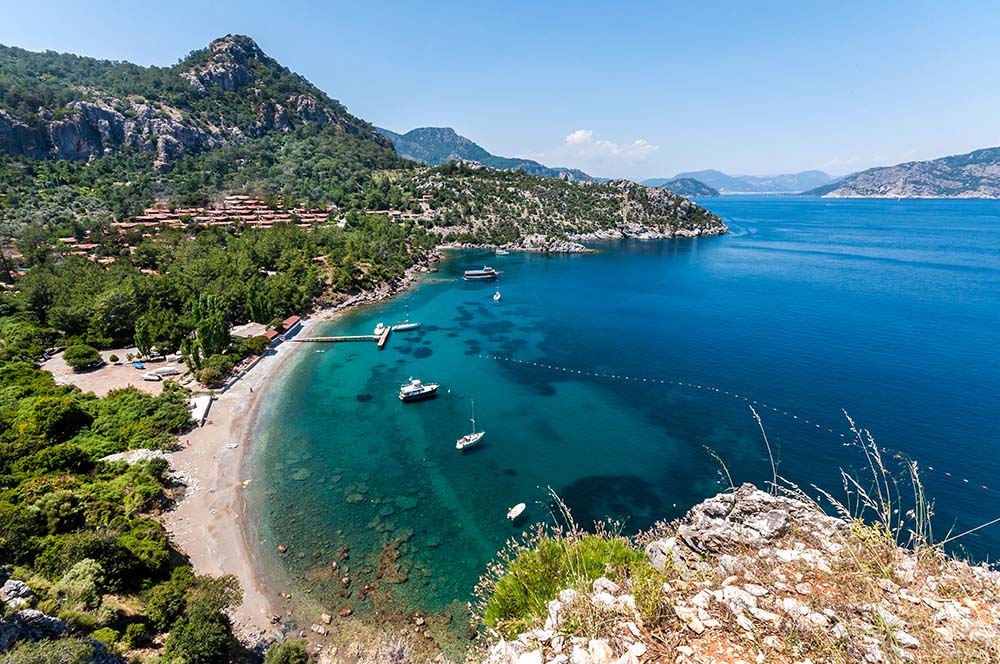
Turunç in Marmaris
Each city has its own elements that contribute something special to the over-arching culture here. As rug weaving and copper working are developed in the city, souvenirs in these arts categories can be bought in Muğla.
How to Get There
Each county of Muğla has great importance in terms of historical and touristic beauties and they can easily be reached via highway travel. Highway transportation inside the county and inter-provinces prove a better choice, in fact, for those wanting to see the history up close. Inter-provinces transportation is available via buses. As for air transportation, Bodrum and Dalaman Airports are the best options. Note that there is no railway in Muğla, but you can rent a yacht and travel to the bays which cannot be reached via highway.

